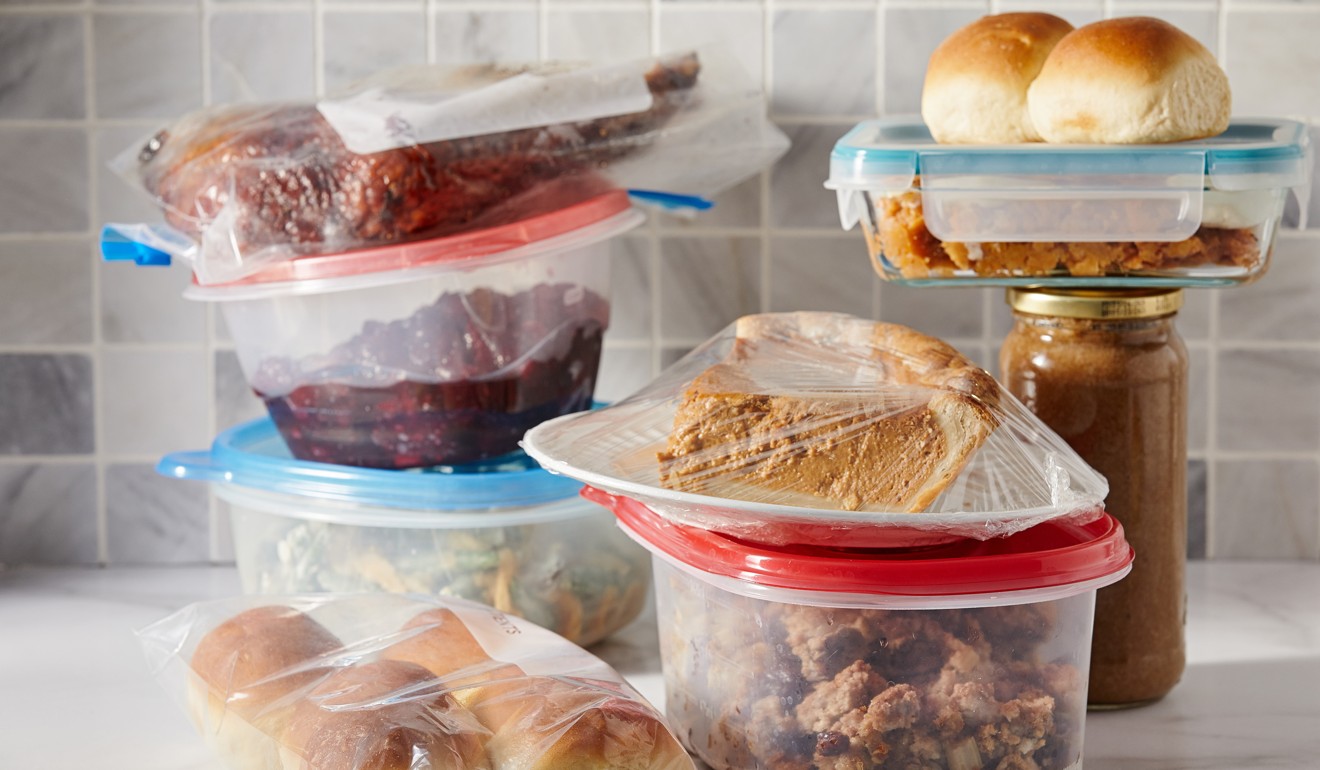
The safe way to deal with leftovers before they go bad
If you want to avoid food poisoning and enjoy more of your holiday meal the following day, be sure to follow these rules
Around this time of year, it’s likely you’ll be attending a whole bunch of dinners, whether or not you celebrate Christmas, Hannukah, Kwanzaa or Hogmanay. From one last mass meal with friends before you head home for the term break to family gatherings with branches of the fam you didn’t know were in town, most of us prepare for a season of excess.
The excess spills over to leftovers, too. Most people find they have plenty remaining. It’s a problem so common that experts have linked holiday leftovers to a seasonal increase in food poisoning cases.
The US Centres for Disease Control and Prevention reports that outbreaks of a bacteria that causes food poisoning occur most often in November and December. Many of those outbreaks have been linked to common holiday foods such as turkey and roast beef.
And while for many people food poisoning is a short-lived discomfort, for vulnerable members of dining party – such as the young, elderly or chronically ill – it could be life-threatening.
“Food-borne illnesses are no joke,” Lisa Yakas, a senior project manager at NSF International, said. The organisation develops health standards and certifications for food, water and consumer products.
Here’s how to protect yourself and your family:
Store the leftovers quickly
The holiday season spike in food poisoning outbreaks reported by the CDC occurs because of a bacteria that grows in cooked foods left at room temperature.
The key to preventing such outbreaks: Put your leftovers away quickly.
Leftovers shouldn’t be left at room temperature for longer than two hours. So after you’re done eating your holiday meal, getting the food put away should be a priority, Yakas says.
“The dishes can wait, but the food can’t,” she says.
Size does matter

Don’t eat old leftovers
Once the leftovers are put away in the fridge, you have only a few days to eat them before they become a safety risk.
If stored in a fridge, leftovers can stay good for three to four days. If they’re stored in a freezer, it’s three to four months.
It’s best to label the food with an expiration date when you put it away, to help you keep track of when it’s no longer safe to eat, Yakas recommends.
That’s especially true of food that you put in the freezer, as it’s tough to remember how long food has been stored months into the future.
Cook (and reheat) leftovers correctly
Putting away leftovers correctly won’t keep you healthy if you don’t cook the food correctly the first time.
There’s only one number to remember whether you’re cooking the food the first time or reheating it: 70º (or 165º if you’re American).
Official government advice varies slightly, but most recommend that leftovers should be heated until they reach and maintain a minimum of 70 degrees Celsius for 2 minutes before eating them.
This article was curated by Young Post. Better Life is the ultimate resource for enhancing your personal and professional life.

